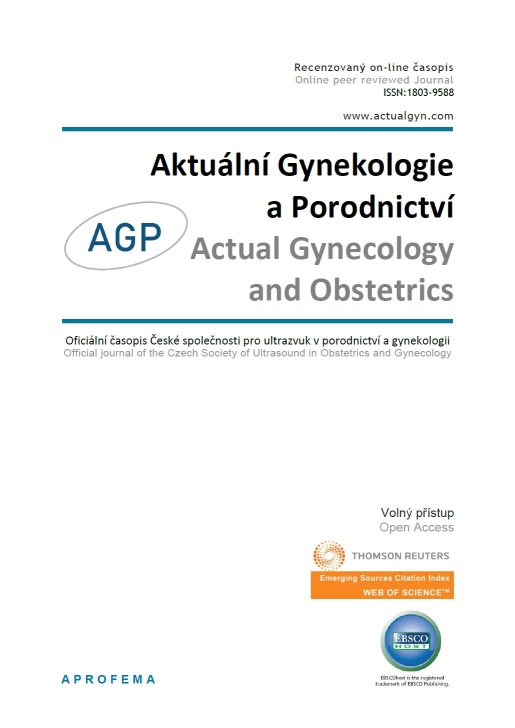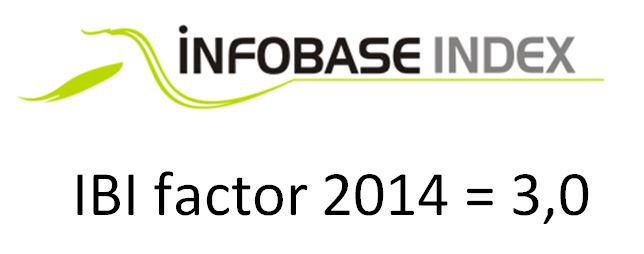











 Official publication of the Czech Society of Ultrasound in Obstetrics and Gynecology.
Official publication of the Czech Society of Ultrasound in Obstetrics and Gynecology.

Objective: To determine the risk factors of uterine perforation during diagnostic and operative hysteroscopic procedures.
Type of study: Retrospective observational study.
Setting: Department of gynecology and obstetrics, Hospital Havlickuv Brod, Czech Republic
Methods: Analysis of 706 hysteroscopies (72 diagnostic and 634 operative) in the period from 2014 to 2018. Procedures were performed by 9 gynecologists and 10 doctors in specialized training. There were 72 diagnostic hysteroscopies, 346 polyp resections, 132 endometrial ablations, 78 myoma resections, 39 synechiolyses, 16 uterine septa sections, 13 IUS extraction and 10 residua of pregnancy resections.
Results: Thirteen perforations occurred among 706 hysteroscopic procedures (1.84 %). 11 perforations occurred among 634 surgical hysteroscopies (1.73 %) and 2 perforations occurred among 72 diagnostic hysteroscopies (2.77 %). One perforation injury resulted to a haemorrhagic shock and laparotomy and in one case vaginal hysterectomy. Other cases were resolved by observation or laparoscopy. Perforation risk was higher during hysteroscopic synechiolysis (2.77 %) than during other procedures (polyp resection (2.02 %), endometrial ablation (1.51 %) or myoma resection (1.28%)). 53.84 % perforations occured during resection procedures. None of the complications resulted to inflammation, OHIA (operative hysteroscopy intravascular absorbtion) syndrome or fatal outcome.
Conclusion: Perforation of the uterus in hysteroscopy is not a frequent but a dreaded complication. Diagnostic hysteroscopy have significantly higher rates compard to operative hysteroscopy in our study. Among hysteroscopic procedures, synechiolysis and polypectomy have significantly higher rates of uterine perforation. The perforation risk in our study was not related to the surgeon's experience.